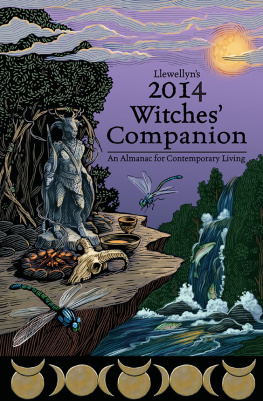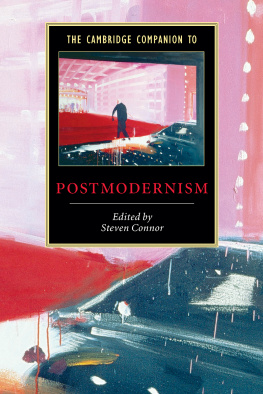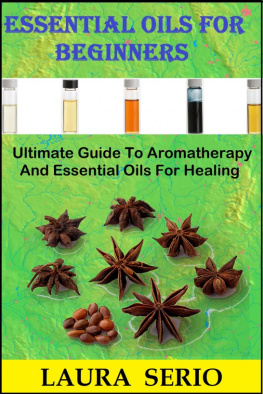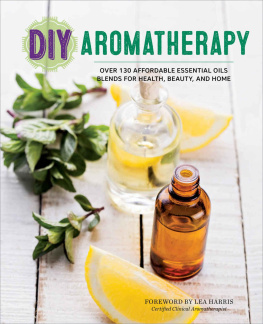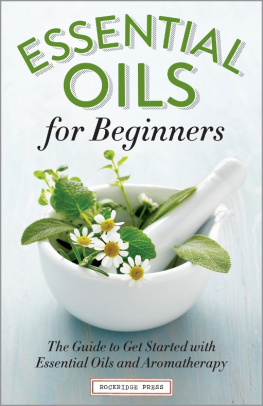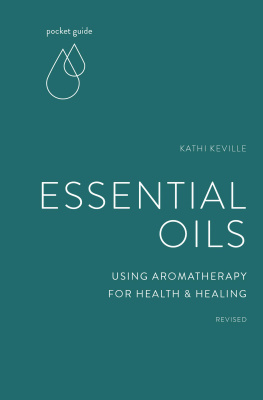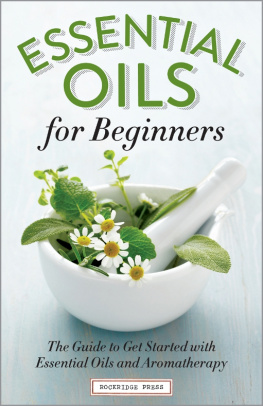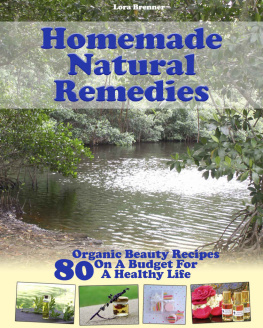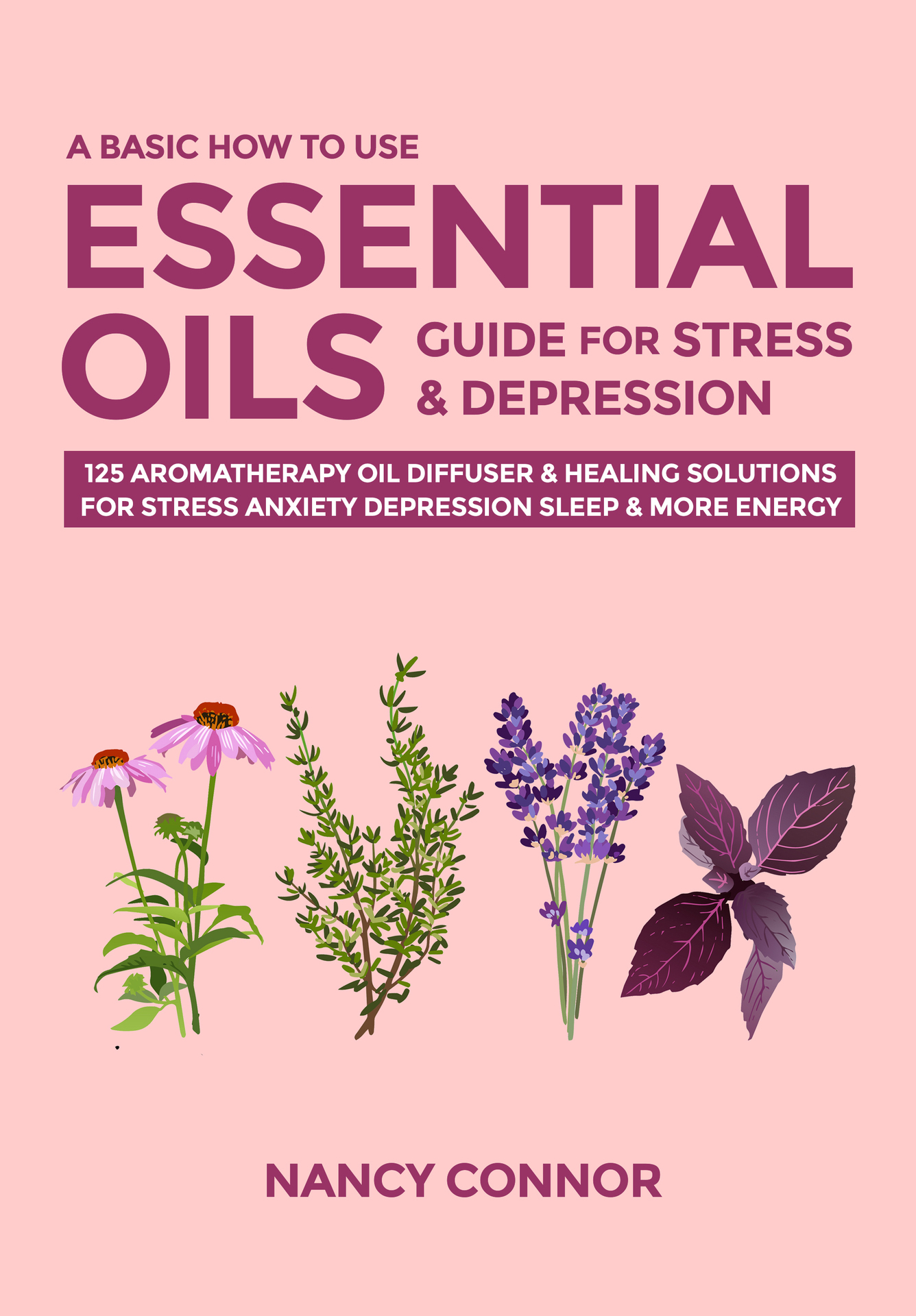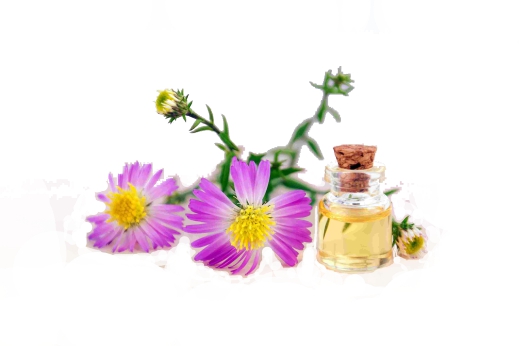A BASIC HOW TO USE ESSENTIAL OILS GUIDE FOR STRESS & DEPRESSION
125 Aromatherapy Oil Diffuser & Healing Solutions for Stress, Anxiety, Depression, Sleep & More Energy
NANCY CONNO R
Copyright 2019 Nancy Connor
All rights reserved. No part of this publication may be reproduced, distributed, or transmitted in any form or by any means, including photocopying, recording, or other electronic or mechanical methods, without the prior written permission of the publisher, except in the case of brief quotations embodied in critical reviews and certain other noncommercial uses permitted by copyright law.
Limit of Liability
The information in this book is solely for informational purposes, not as a medical instruction to replace the advice of your physician or as a replacement for any treatment prescribed by your physician. The author and publisher do not take responsibility for any possible consequences from any treatment, procedure, exercise, dietary modification, action or application of medication which results from reading or following the information contained in this book.
If you are ill or suspect that you have a medical problem, we strongly encourage you to consult your medical, health, or other competent professional before adopting any of the suggestions in this book or drawing inferences from it.
This book and the authors opinions are solely for informational and educational purposes. The author specifically disclaims all responsibility for any liability, loss, or risk, personal or otherwise which is incurred as a consequence, directly or indirectly, of the use and application of any of the contents of this book.
Cover picture: designed by macrovector / freepik
Pictures used in this book: designed by macrovector; rawpixel.com; and gstudioimagen / freepik;
OTHER BOOKS BY NANCY CONNOR
THE COMPLETE ESSENTIAL OILS REFERENCE BOOK FOR BEGINNERS
An Easy to Use Essential Oils Encyclopedia for Everyday Usage
TABLE OF CONTENTS
INTRODUCTION
Essential oils, sometimes called ethereal oils, volatile oils or aetherolea, can be described simply as hydrophobic liquids that are very potent (powerful) in nature because of the aromatic compounds that are present in them in very high concentrations. They are referred to as essential oils because it is believed that they make up the very essence of the plants that they were extracted from.
Essential oils can be extracted from the various parts of a plant such as the flowers, leaves, seeds, bark of trees, and even the whole stem or branches. Some of the methods by which they are extracted from the source plants are steam distillation and solvent extraction. These are by no means the only methods of extracting essential oils from plants; they are just the most commonly used methods. Other less popular extraction methods include expression and rectification.
Most of the compounds contained in essential oils are volatile in nature, which gives essential oils their highly volatile characteristic, and makes them much different from other regular everyday oils we know and should be handled differently with extra caution. Due to this volatile and unstable nature of essential oils they undergo oxidation quite readily under the slightest exposure to sunlight or heat, thus making them lose their usefulness. As such, essential oils are better stored in a dark glass bottle, in a dark cool place. Make sure you use a glass bottle and not plastic, because essential oils easily corrode plastic.
Being extracts gotten through the process of distillation, essential oils are highly concentrated substances which makes them much more potent. This high potent nature of essential oils makes them quite dangerous and a good reason why they should be used only by persons that have a foundational knowledge of what essential oils are all about. Essential oils should only be used in little quantities at a time and in a diluted form, because they are very dangerous when used in large quantities. They can be diluted using other oils such as bath oils, carrier oils and lotions, especially when administered topically.
Essential oils are just too potent and dangerous to be used orally, but if sufficiently diluted using cooking oils and used in minute quantities then they can be ingested safely. It is not advisable to use essential oils on children, pregnant women, nursing moms, persons with sensitive skin, those older than sixty-five, and anyone that has a history of epilepsy or seizures, unless under the supervision and recommendation of a qualified physician.
Aromatherapy can be described as the practice of using essential oils to improve the health and general well-being of individuals. This involves physical, emotional and mental well-being, which boosts the immune system of the body and help the body ward off infections, illnesses and diseases.
Aromatherapy takes a holistic approach in the therapeutic use of essential oils. This is because before essential oils are administered in aromatherapy, everything about the person it is being considered. From why it is needed in the first place, the person's lifestyle, diet, medical history, and the person's current emotional and mental condition.
Aromatherapy is not about just taking care of the symptoms, but tries to tackle the underlying and deep-rooted cause of the symptoms. For example, migraine headaches, backache and even ulcers are some symptoms and results of prolonged stress, and not necessarily physical conditions on their own. So when the underlying stress conditions are dealt with using aromatherapy, then the other symptoms will automatically be taken care of. Aromatherapy in essence seeks to improve the all-round health of the individual, be it physical, emotional or mental.
There are three major ways by which essential oils are administered in aromatherapy which includes:
Diffusing Aerially : This can be done by using sprays, candles, nebulizers, vaporizers, humidifiers, and ultrasonic diffusers to scatter the molecules of essential oils into the atmosphere.
Topical Application : This method of use involves directly applying the essential oils on the skin or hair, after they have been considerably diluted using carrier oils, lotions, bath oils or any other vegetable oil that suits the particular essential oil being used. The diluted mixture could then be applied either through bathing with them, massaging on the skin/hair root, or through hot/cold compresses.
Direct Inhalation : Inhaling essential oils directly is quite effective in treating respiratory congestion and infections. One can inhale directly from the bottle, or adding 1 or 2 drops of essential oil on the palm and inhaling from the palm. This can also be done by adding some drops (3 - 5 drops) of essential oil into a bowl of boiling water, and then inhaling the mixture with a towel placed over the head to prevent the steam from the mixture from escaping.
To learn more about the various essential oils there is, their individual properties, benefits, how they function in the various parts of the body, how to use them and how not to use them, you can check out this book THE COMPLETE ESSENTIAL OILS REFERENCE BOOK FOR BEGINNERS - An Easy to Use Essential Oils Encyclopedia for Everyday Usage






